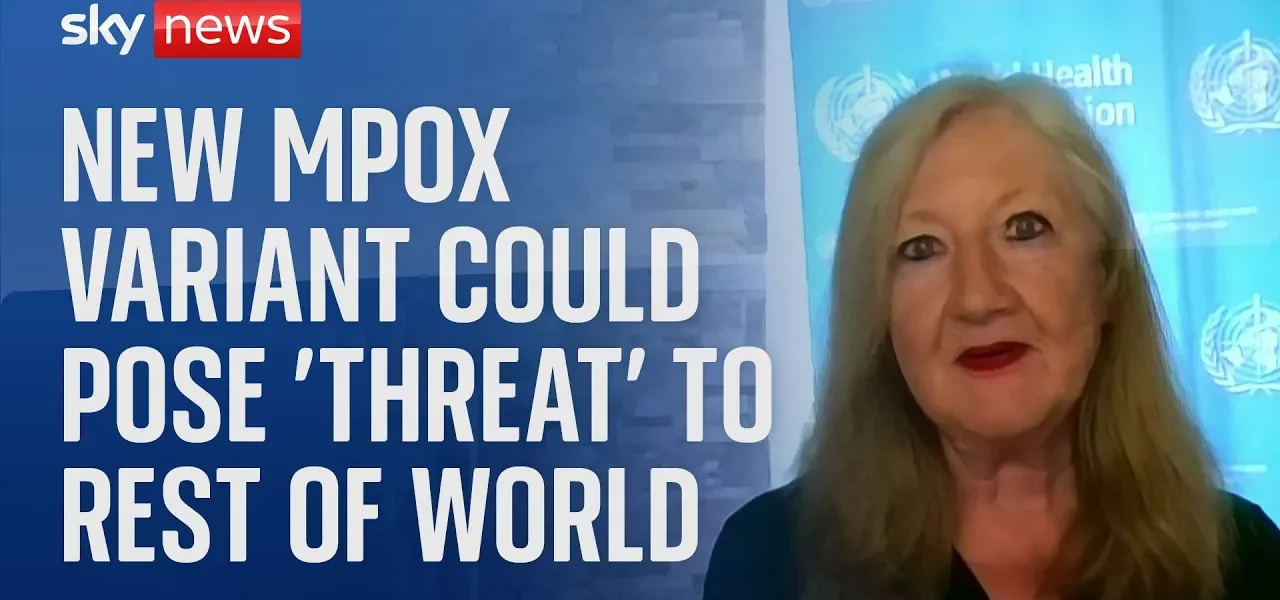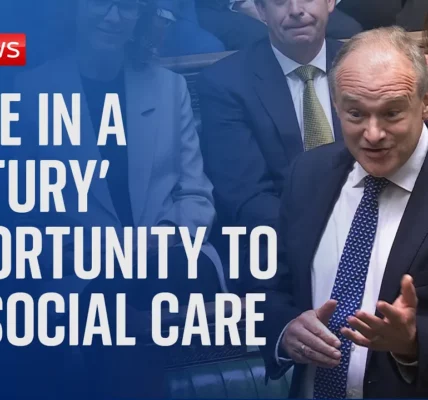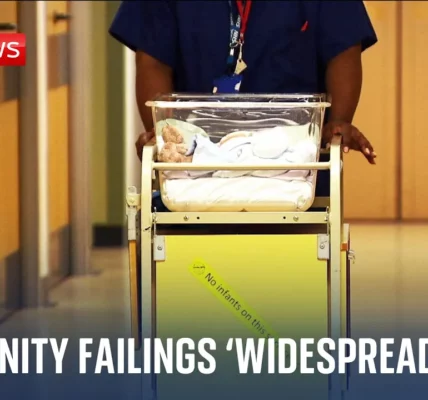WHO Declares Global Health Concern: Understanding the Urgency

The World Health Organization (WHO) has declared a global health concern following alarming reports of a new variant spreading across Africa. This article delves into the implications of this declaration, the nature of the variant, and the global response needed to mitigate its impact.
Introduction
The declaration by the World Health Organization (WHO) regarding a global health concern has raised significant attention as health authorities in Africa issue warnings about a rapidly spreading variant. The WHO’s decision underscores the urgency of the situation, highlighting the necessity for global collaboration to prevent further escalation. This article explores the reasons behind the WHO’s declaration, the characteristics of the new variant, and the implications for public health worldwide.
Understanding the WHO Declaration
The WHO’s declaration of a public health emergency of international concern (PHEIC) is an indication of the highest level of alarm. This action is taken to prevent the spread of diseases before they escalate into more severe health crises. Dr. Margaret Harris from the WHO emphasized that the objective is to act swiftly and decisively.
The Importance of Timeliness
Historically, timely declarations have proven crucial in managing outbreaks. For instance, the COVID-19 pandemic was declared a PHEIC in January 2020, but it escalated into a global pandemic by March of the same year. The WHO aims to avoid similar scenarios with the current variant.
The Emergence of the New Variant
The variant in question, referred to as “Clay 1B,” represents a significant evolution of previously endemic strains found in the Democratic Republic of Congo and surrounding regions. Its rapid spread to countries such as Rwanda, Kenya, Burundi, and Uganda has raised alarms within the international health community.
Regional Impact and Spread
With more cases reported in the first half of the year than in all of the previous year, the situation is dire. The variant’s ability to reach countries that have not previously encountered it poses a substantial threat to global health.
- Countries Affected: Rwanda, Kenya, Burundi, Uganda
- Rate of Spread: Rapid increase in cases compared to last year
- Potential for Global Spread: Concerns about transmission to other continents
Global Response and Vaccination Efforts
The WHO is actively coordinating efforts to address this emerging threat. Key strategies include vaccine deployment and community engagement.
Vaccine Development and Distribution
One of the primary steps taken by the WHO involves calling for vaccine manufacturers to submit their products for emergency use listing. This allows for rapid procurement and distribution of vaccines to affected communities.
- Assessment of existing vaccines for efficacy against Clay 1B.
- Emergency use listing for rapid access.
- Collaboration with organizations like UNICEF and Gavi for distribution.
Protecting Vulnerable Populations
Vaccination plays a crucial role in protecting at-risk groups, particularly children and those with pre-existing health conditions. The aim is to reduce severe illness and mortality rates associated with the new variant.
Addressing Stigma and Public Perception
The renaming of the variant reflects the WHO’s commitment to combating stigma associated with disease outbreaks. In previous instances, names related to animals have contributed to public stigma, particularly affecting marginalized groups.
Public Health Messaging
Effective communication strategies are essential to ensure that accurate information is disseminated, reducing the stigma and promoting understanding of the health concerns.
- Engagement with affected communities.
- Clear messaging regarding prevention and treatment.
- Addressing misinformation proactively.
Conclusion
The WHO’s declaration of a global health concern signals a crucial moment in public health. The rapid spread of the Clay 1B variant necessitates immediate action, including vaccine distribution and community engagement. It is imperative for global stakeholders to mobilize resources and work collaboratively to prevent the outbreak from escalating further. For more information on public health responses and vaccination efforts, visit our related articles on global health strategies and outbreak management.
“`




